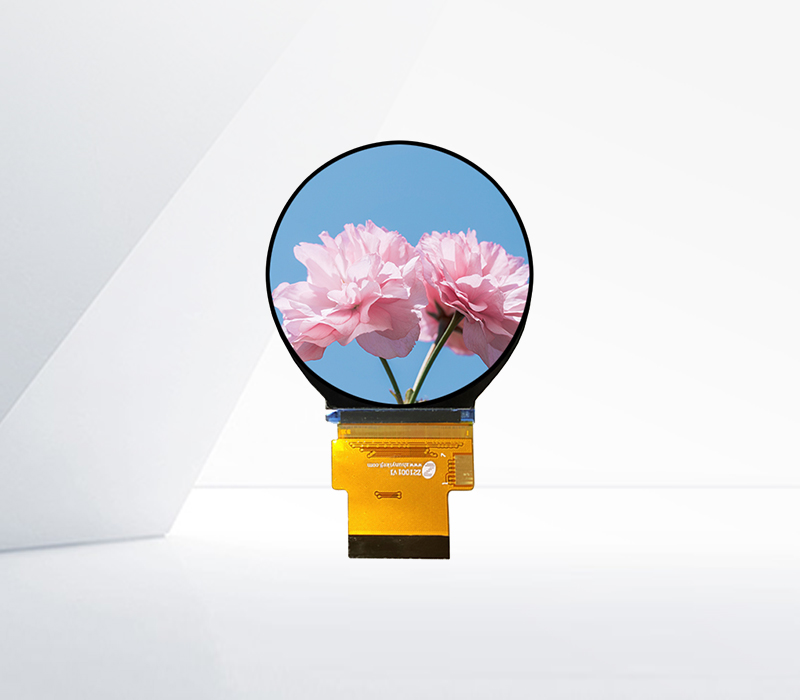



Technological Bottlenecks of LCD Displays
Despite its long - standing success, LCD technology faces several bottlenecks that limit its further development.
Contrast Ratio Limitations
One of the major bottlenecks is the contrast ratio. In an LCD, the contrast ratio is determined by the ability of the liquid - crystal layer to block and transmit light. While modern LCDs have made significant improvements in contrast, they still struggle to match the performance of OLED displays in this regard. In an LCD, the backlight is constantly on, and even when the liquid - crystal layer tries to block the light to display a black pixel, some light still leaks through. This results in a less - than - perfect black level, limiting the maximum achievable contrast ratio. For example, a high - end LCD may have a contrast ratio of 1000:1 or 3000:1, while an OLED display can easily achieve a contrast ratio of 100000:1 or higher.
Response Time Constraints
The response time of LCDs, which is the time it takes for a pixel to change from one color to another, is another bottleneck. In fast - moving images, such as in action - packed video games or high - speed sports broadcasts, a slow response time can lead to motion blur. The liquid - crystal molecules in an LCD take a certain amount of time to re - align when changing colors, and this delay can be noticeable. Although techniques like overdrive have been developed to speed up the response time, it is still a challenge to reduce it to the level where motion blur is completely eliminated.
Viewing Angle Restrictions
LCDs also have limitations in terms of viewing angles. When viewed from extreme angles, the colors and contrast of an LCD can degrade significantly. This is because the liquid - crystal molecules' alignment changes when viewed from off - axis, affecting the way light is transmitted and polarized. While in - plane switching (IPS) and vertical alignment (VA) technologies have improved the viewing - angle performance compared to the older twisted - nematic (TN) technology, there is still room for improvement. For example, in a large - screen LCD TV, viewers sitting at the edges of the viewing area may experience a noticeable difference in color accuracy and contrast compared to those sitting directly in front.
Limitations in Color Gamut
The color gamut, which refers to the range of colors a display can reproduce, is another area where LCDs face challenges. Although advancements have been made with the use of wide - color - gamut technologies, LCDs still have a more limited color gamut compared to some other display technologies. The backlight and the color - filtering system in an LCD play a crucial role in determining the color gamut. Improving the color gamut requires the development of more efficient backlights and better - performing color - filter materials, which is a complex and costly process.

